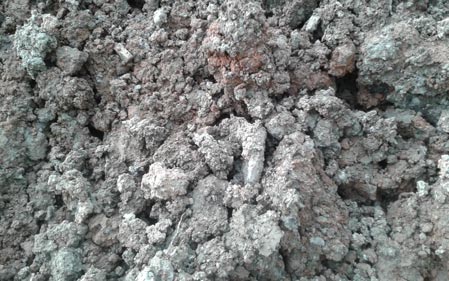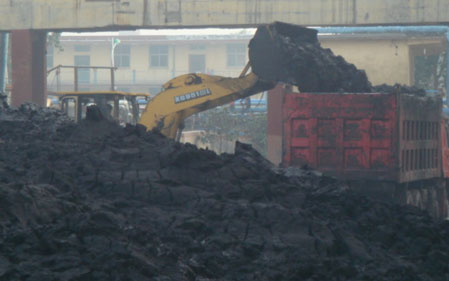Sludges can be divided into sewage sludge (municipal sewage sludge), industrial sludge(generated during industrial production), pipe network sludge(pipeline dredging sludge), and water supply sludge(sewage sludge produced by waterworks ) and river sediments. In the earlier times, people treasured water but slighted mud, and sewage treatment plants were only to clarify the sewage, and the sludge was discarded at will. With the lack of national policies and funding, weak awareness, and backward technology, disposal of sludges lags behind.

With China’s socio-economic development and the progressing urbanization, the amount of sludges produced in urban sewage treatment in China is also increasing rapidly. According to statistics, China’s sewage sludge production was close to 40 million tons in 2018.Though the risk of sludges produced by urban sewage treatment plants is not high, the electroplating sludge and printing and dyeing sludge are listed as hazardous solid waste sludge by the state, which exert adverse impact on the environment.

The sludge is not only rich in nutrients such as organic matter, nitrogen, phosphorus, potassium, and other nutrients, but also contains a large number of pathogenic microorganisms, which have decayed and odored. If not handled properly, pathogens will cause serious environmental pollution and damage the ecological environment.This is a great waste of resources.Sludges affect the coordination of urban economic development and society, restrict the sustainable economic development, bring threat to the environmental safety and public safety. Sludges should be stabilized, reduced in volume and harmlessly treated. Sludge treatment includes concentration, dehydration, anaerobic digestion, aerobic fermentation and drying. Sludge treatment refers to the final elimination of the sludges after they are returned to the natural environment or reused as products, which can achieve long-term stability without adversely affecting the ecological environment. Disposal of sludges includes land space allotment, landfilling, incineration and using sludges as building materials.After sludge incineration, ash and slag can be landfilled, or used as building materials.
Copyright ©2022 by Jiaozuo ZJN Environmental Protection Equipment Technology Co., Ltd.